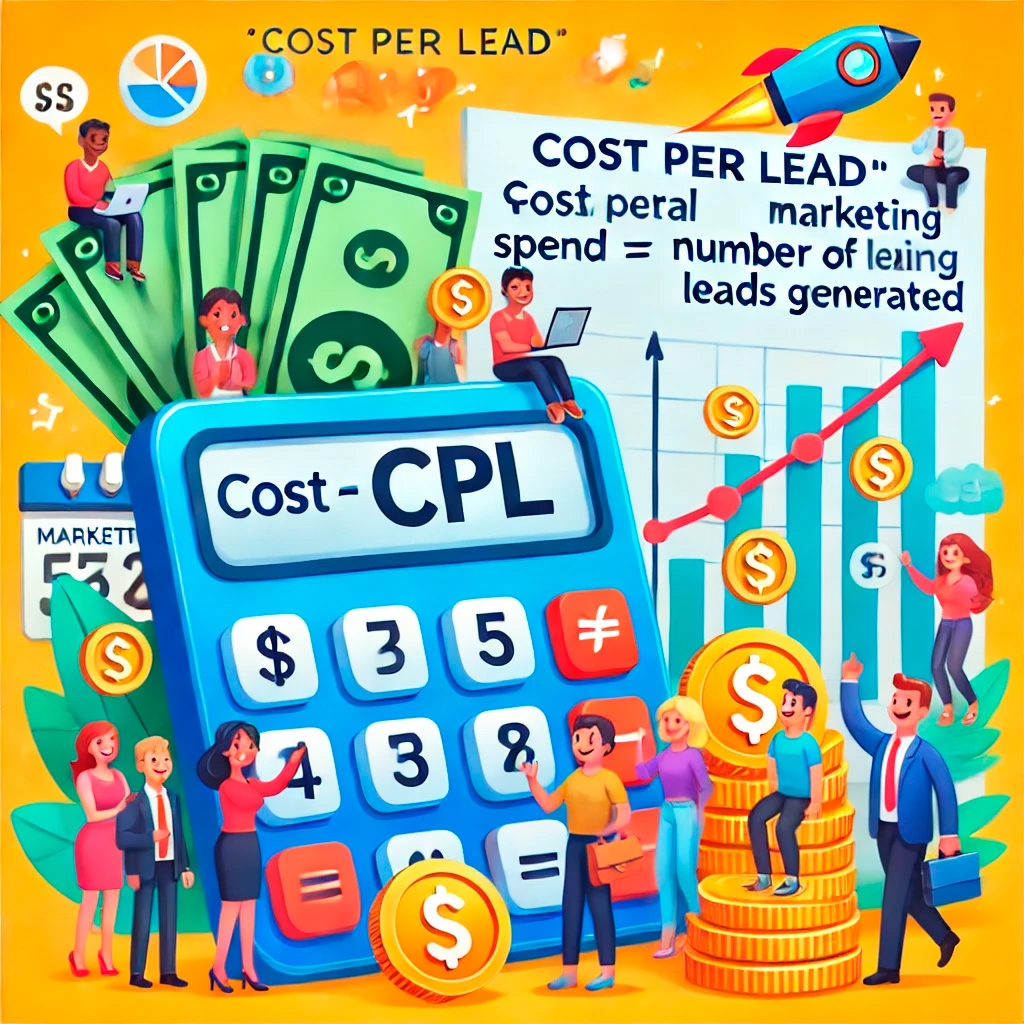
What Is Cost Per Lead?
Cost Per Lead (CPL) is a marketing metric that measures how much it costs to generate a new lead. A lead is a potential customer who has shown interest in your product or service by taking a specific action, like filling out a form or requesting more information.
How to Calculate Cost Per Lead
The formula is pretty straightforward:
Cost Per Lead = Total Marketing Spend / Number of Leads Generated
Example:
Let’s say you run a digital marketing campaign:
- Total spend: $5,000
- Leads generated: 100
Your Cost Per Lead would be:
$5,000 / 100 = $50 per lead
Is $50 a good CPL? It depends on your industry and the value of your product or service. If you’re selling enterprise software, it might be excellent. If you’re selling $20 t-shirts, not so much!
Why Cost Per Lead Matters
Understanding Cost Per Lead is crucial because:
- It helps measure marketing efficiency: Are you getting a good return on your marketing investment?
- It guides budget allocation: Which channels are generating leads most cost-effectively?
- It aids in forecasting: How much should you spend to hit your lead generation goals?
- It benchmarks performance: How do you compare to industry standards?
- It informs pricing strategy: Your CPL should be lower than your customer lifetime value.
Factors Affecting Cost Per Lead
Several factors can impact your CPL:
- Industry: Some industries naturally have higher CPLs.
- Target audience: Niche or high-value audiences can be more expensive to reach.
- Marketing channel: Different channels have different costs and conversion rates.
- Offer quality: A compelling offer can lower your CPL.
- Competition: High competition can drive up advertising costs.
- Sales cycle: Longer sales cycles might require more touch points, increasing costs.
Cost Per Lead vs. Other Metrics
CPL is just one piece of the puzzle. Other related metrics include:
- Cost Per Acquisition (CPA): The cost to acquire a paying customer.
- Customer Lifetime Value (CLV): The total value a customer brings over time.
- Return on Ad Spend (ROAS): The revenue generated per dollar spent on advertising.
Ideally, your metrics should look something like this:
CPL < CPA < CLV
This ensures you’re spending less to generate leads than to acquire customers, and that customers are worth more than what you spend to acquire them.

Leave a Reply